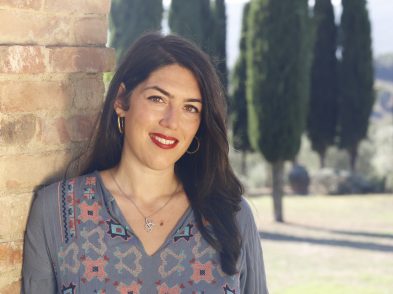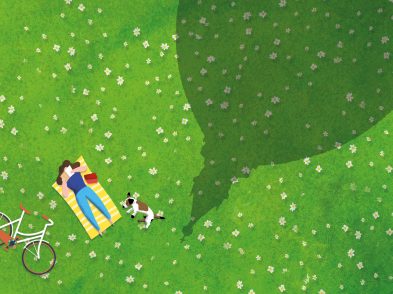I’m a coffee lover. Born in the rural English backwaters, a mug of Yorkshire Tea and a dash of milk was my poison before I transplanted to Tuscany. “Una tazza di tè con latte” won me few friends at the ex-Bar Silvana along via de’ Neri. My colleagues were out of the door before the milk had been poured and the barista was puzzled when I declined his sliver of lemon. So, I switched to un caffè and never looked back.
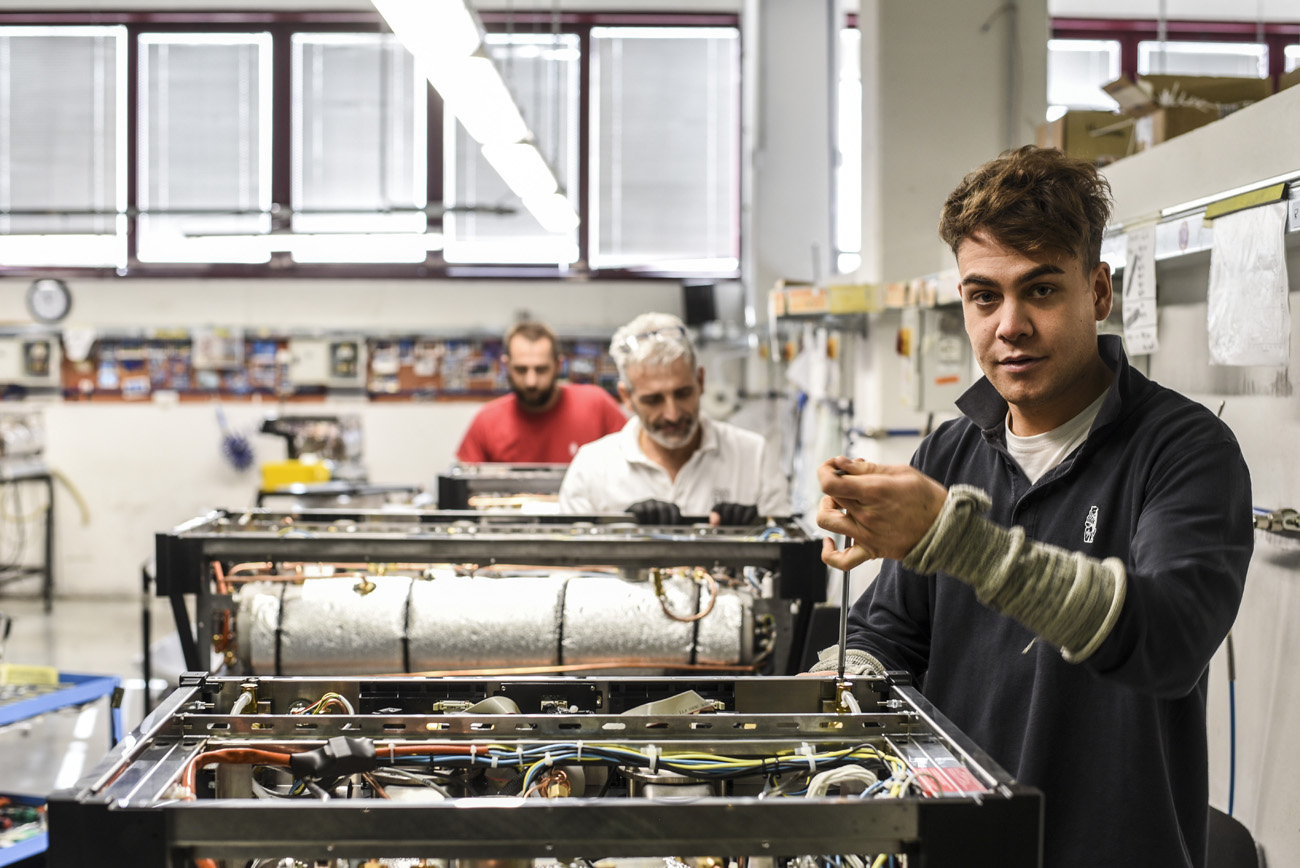
Like many self-professed coffee lovers, I’ve never been much of a connoisseur. My espresso education brewed a year ago with a visit to a famous Tuscan coffee machine factory tucked away on an unassuming industrial block near Borgo San Lorenzo. La Marzocco owes a vital part of its business development to the Seattle giant. Between 1988 and 2004, the Mugello manufacturer exclusively supplied its Classic Range to many of Starbucks’ stores, a line that soon became iconic in the coffeeshop world because of its reliability; the machines quickly became a must-have in the chain’s specialty cafès, where coffee ascended to fine food status, shaking off its ailing reputation as a mere commodity. When the news recently broke about Starbucks’ plans to expand throughout Italy, La Marzocco’s relationship with the global brand immediately sprang to mind.
For Giada Biondi, communications manager for La Marzocco, any opening, business or store that increases the conversation around coffee is welcome. “It sparks a debate around a tradition, cultivates the coffee industry and local and international trends, spotlighting new experiences and expertise that over time have become more hybrid and transversal.”
Biondi continues, “Coffee in Italy is a habit. It’s viewed as an essential everyday ritual, something that’s drank furtively at a counter in a coffeeshop, an ‘espresso’ made to measure as requested by the customer, as an espresso, a cappuccino or macchiato. In other countries, coffee drinking is perceived as a slow ritual, a break enjoyed in company or experienced alone in a welcoming space as a lifestyle choice. La Marzocco speaks on behalf of a gradually growing community of baristas, roasters and trade professionals who want to focus on the quality, training and social dimension of the coffee business.”
How does historic brand La Marzocco view Starbucks’ intention to expand throughout Italy? “We believe that new awareness can be spread in terms of the approach of how the beverage is consumed, providing opportunities for small businesses that want to talk about coffee in a different, customized and in-depth way. Starbucks may be viewed negatively by the Italian public, of course, who is very attached to the espresso tradition, seeing Starbucks as something verging on sacrilegious. But the choice to open a store with the Reserve brand, which is strictly centred on espresso and coffee in general also in its filter preparations is strategic and spot on. As a producer of handmade-in-Florence espresso coffee machines, we’re proud to share a piece of our history with Starbucks.”
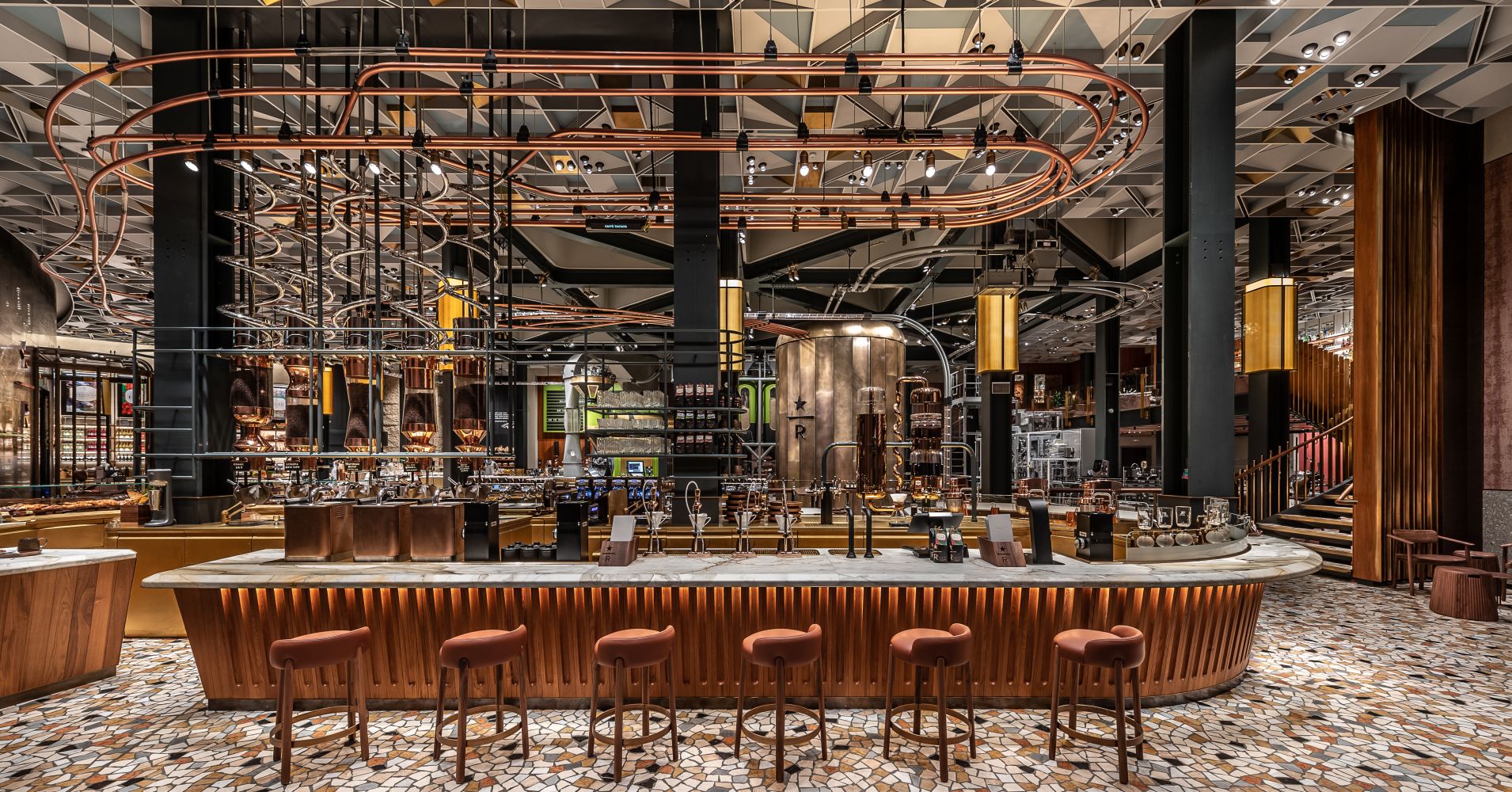
Italy’s first Starbucks opened in Milan on September 7. But it’s not the run-of-the-mill Starbucks we love to hate; there’s not a Frappuccino to be found. A distinct coffee aroma lingers in the air as you walk from the cathedral square in the direction of the Sforza Castle. Starbucks Reserve Roastery is majestically set in a former post office, a stunning space that keeps pulling in the crowds. Fortunately, it’s not raining as I join the short queue beside the cluster of brass pavilions that are sure to be a success in the summer. A couple of fur-coated Russians are smoking cigarettes, a French femme sporting Alexander McQueen sneakers waits before me, but all around Italian is the predominant language. The doors open into a wonderland of coffee. Your eye is drawn directly to the Brescia-made Scolari roaster manned by leather-aproned experts who extend the softly scented beans for visitors to inhale. The roastery setup is dazzling, a Willy Wonka-esque melange of vats, tubes and pipes. It’s essentially a show, a behind-the-scenes glimpse into Starbucks’ operational setup: all the brand’s packaged coffee in Europe, the Middle East and Africa is roasted here. Amid the shuffling of the machinery and the happy caffeine-fuelled hubbub, two isolated comments come into earshot: “Look at all those cakes! (Italian) and “Let’s go upstairs to the bar” (American). The latter seemed like a plan: a mezzanine level looking out over the main floor, an idyll for Instagrammers and cloud nine for cocktail lovers with its coffee-inspired concoctions.
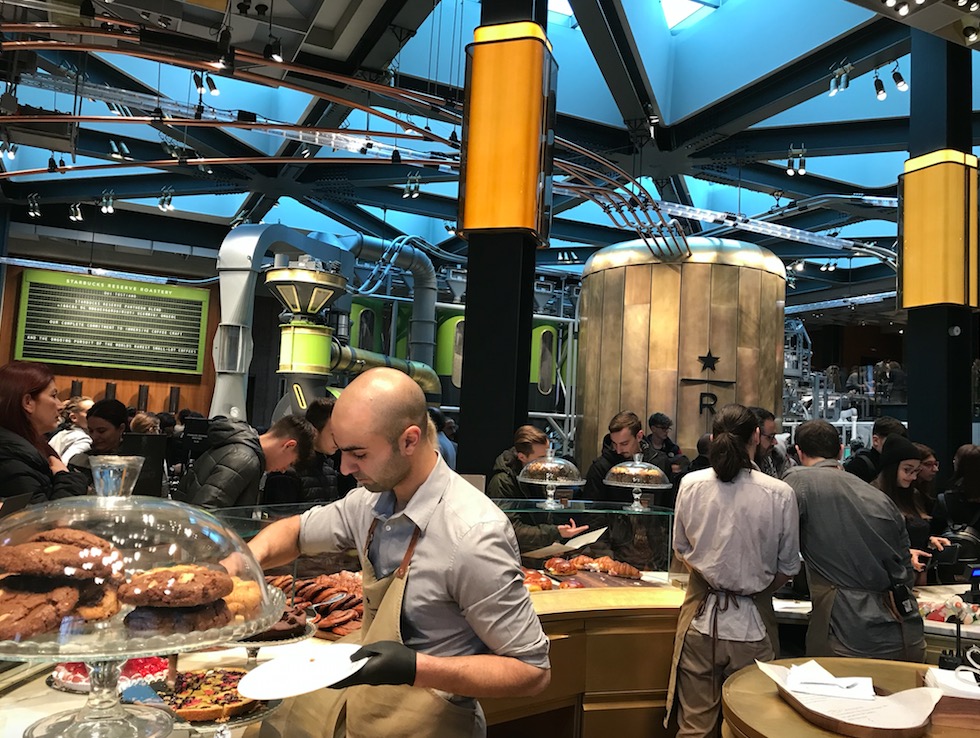
Frankly, by this time I’m feeling the need for a fix. Down at the main bar, Marco—all the smiling staff wear name badges; this is an American company after all—hands me the mother of all coffee menus: from Chemex to Clover brewed, cold brew to pour-over (provided by La Marzocco’s partner brand Modbar), single origins, blends and Riservas of the day. Genuinely spoilt for choice, I opt for the Pantheon Blend single espresso—Mirko rings it into the till, explaining it’s a seasonal miscela, but that the 2018 vintage hails from Costa Rica and Ethiopia, among other plantations. It’s 1.80 euro well spent: all toffee and sultanas and chocolate. Sold on the blend, Chiara at the Scooping Bar weighs out a hundred grams of freshly roasted beans and grinds them. “The coffee’s all Arabica,” she informs me. “What about the clientele ratio? More Italians or foreigners?” I ask. “Oh, that’s fifty-fifty,” Chiara chuckles, without missing a beat before enquiring about my preferred extraction method.
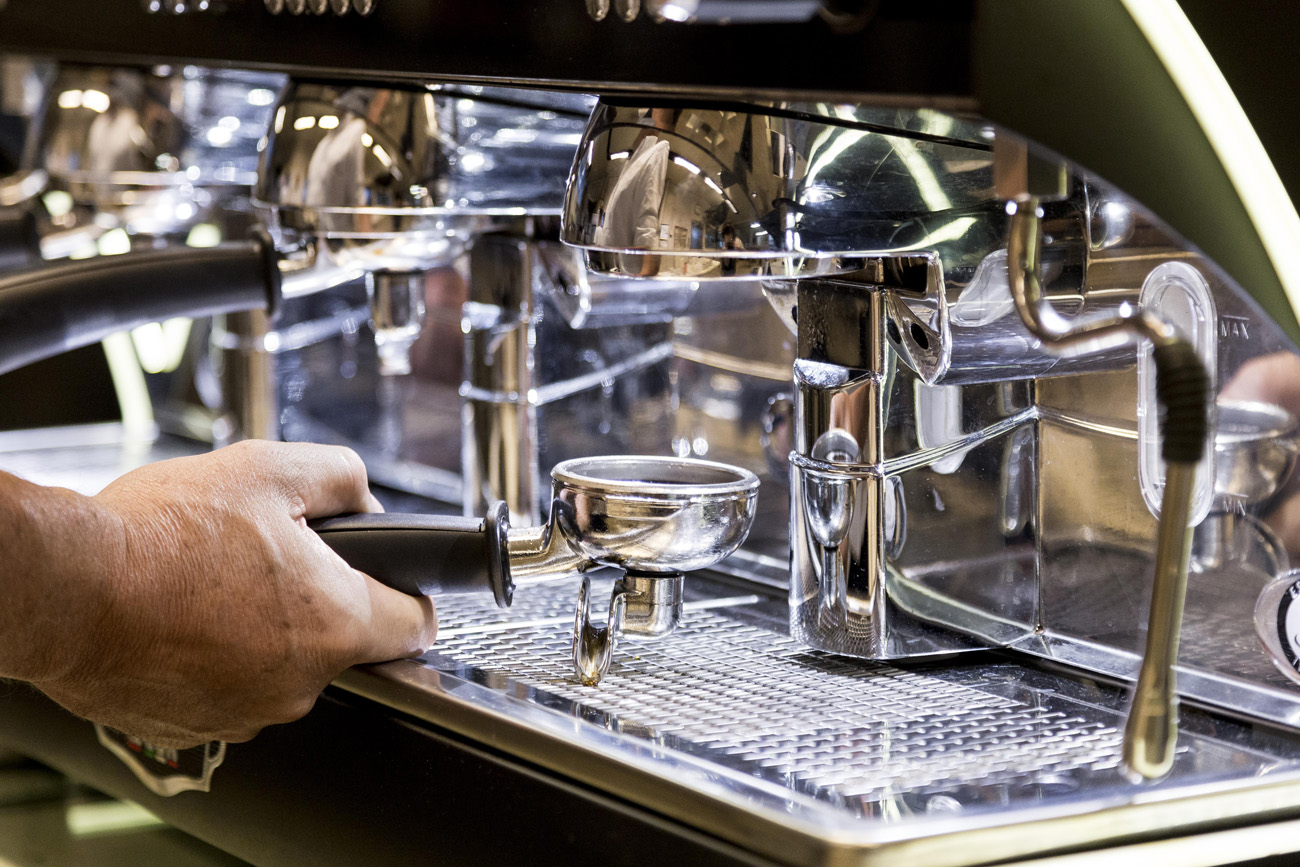
Savouring the caffè reminds me of a masterclass earlier in the year led by Tommaso Bongini, master roaster and quality control manager of Caffè Mokarico Firenze. Bongini opened my mind to the shades of flavour espresso can have. “Many roasters are happy that Starbucks has opened in Italy. At the Reserve, everyone can see finally roasting as it actually happens. They’re mainstreaming cold brew, filter (V60, Chemex, etc.) and single-origin coffee, things like many people, myself included, have been trying to get to take off among consumers for ages, but to no success.”
Will Italians be sold on the Starbucks idea? “At last, the people who didn’t want Starbucks in Italy will understand that the brand’s standards are much higher than the Italian average … It’s a positive thing because we’ll be able to put our prices up. An espresso at one euro is unfair, especially for products based on research and development and trips to plantations. Unfortunately, however, whenever standard Starbucks open, people always focus on the ‘shitty’ Frappuccino and overlook the real coffee aspect.”
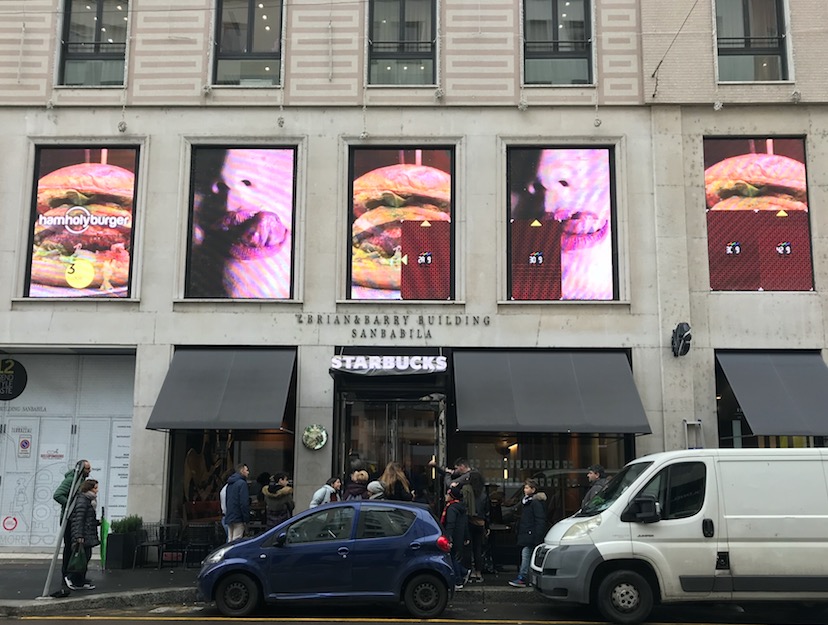
That much-maligned iced drink was the next port of call. Following the flagship, two more traditional Starbucks stores recently arrived in Milan: on November 20, near the Moscova metro stop and, on November 24, in the San Babila area. San Babila is walkable, so I head there first to find the signage still clingfilmed, cleaning in progress and the signature Siren beakers being tweaked in the window. Further north, the Moscova shop is doing big business with locals lining up in front of the humble exterior. Inside it’s Frappuccinos all round (prices start at 4.50 euro). Feeling twitchy, a Starbucks Reserve Espresso is in order, which is worth the 1.70 euro price tag for the elastic crema and intense concentration. Despite the demand, the barista cleans the portafilter, tamps the coffee centrally and extracts the coffee for no more than 30 seconds (yes, I counted. That’s what happens when you’ve been researching caffeinated substances all day). At publication of this article, another landmark Starbucks is about to launch at Milan’s Malpensa Airport Terminal 1.
A week ago, via The Florentine’s website and social media channels we relayed the comments made by Starbucks Coffee Italy to broadsheet Il Sole 24 Ore: “After Milan, we’ll begin to focus on cities in central and northern Italy like Florence, Bologna, Venice, Padua, Verona and Turin,” managing director Roberto Masi explained. Readers’ reactions were mostly negative and, at times, vitriolic: the idea of Starbucks setting up shop in Florence proved too much to bear. (Have a look at the comments here.) For sure Tuscany won’t be getting a Reserve Roastery—New York, Tokyo and Chicago are next in line for these major investments—so at most it’ll be the Starbucks store we love to hate. But, as long as the espresso’s carefully crafted and unique coffee blends are available like they are in Milan, I, for one, won’t be hating it anymore.


